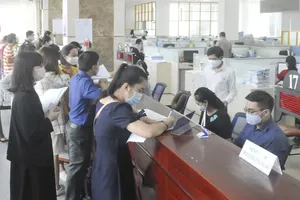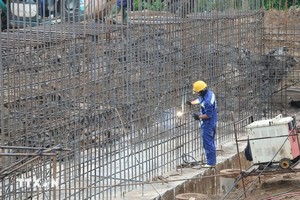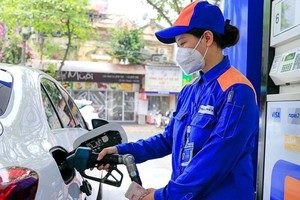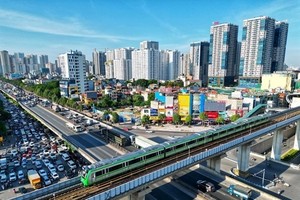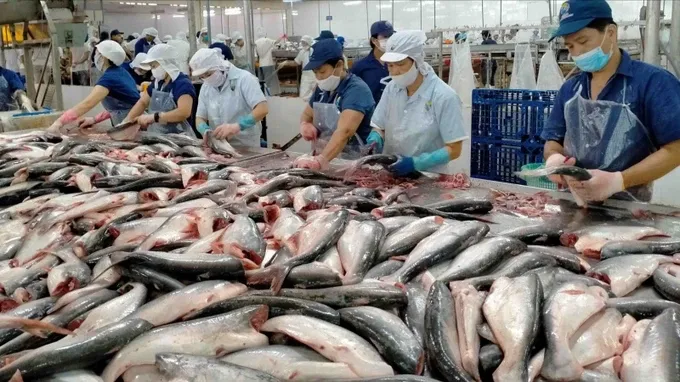
Both the value and volume of Vietnam's agricultural exports have reached unprecedented levels in recent years.
In the first seven months of 2024, the country recorded a trade surplus of over $14 billion, with agriculture, forestry, and fisheries contributing $9.4 billion, accounting for over 67 percent of the total value and representing a 60-percent increase compared to this time in 2023. The total export value of agricultural, forestry, and fishery products reached nearly $34.3 billion, up nearly 19 percent year-on-year.
Beyond setting new records, many Vietnamese agricultural products have achieved billion-dollar export values in the first few months of this year, including wood and wood products ($8.88 billion); seafood ($5.29 billion), where shrimp alone accounted for over $2 billion and pangasius for $1.02 billion; fruits and vegetables ($3.83 billion); coffee ($3.54 billion); rice ($3.27 billion); and rubber ($1.46 billion).
Numerous agricultural products continue to find new export markets, setting the stage for further records. Clearly, agricultural exports are a bright spot in Vietnam's export picture.
The agricultural sector has undergone significant transformations in recent times, and the new records in their exports reflect the results of this shift from primarily production-based agriculture to an agricultural economy.
Not only agricultural enterprises and cooperatives but also individual farmers, especially those in the Mekong Delta, have been listening to and responding to market signals by maintaining or expanding production. There has been a more flexible and timely shift in governance as well.
The structure of agricultural production is also changing, most notably in the Mekong Delta. This sector used to prioritize rice, fruits, and then seafood; but now, the order of priority is seafood, fruits, and then rice.
Developing integrated agriculture is a sustainable approach. There has been a stronger shift
- from agricultural production to agricultural economics;
- from single-crop cultivation, livestock rearing, and aquaculture to multi-sector integration of agriculture, processing industry, commerce, and services;
- from single-value to multi-value product integration;
- from focusing on supporting farmers to supporting all actors in the value chain.
Value creation is now based on the effective utilization of science, technology, innovation, and digital transformation, rather than growth based on labor-intensive and natural resource-intensive methods.
The tougher challenges there are for enterprises, cooperatives, and farmers, the greater responsibility of policy-making agencies is in order to formulate practical mechanisms, policies, laws, and quality standards to meet the growing market demands. Therefore, a comprehensive approach, multi-sectoral coordination, and inter-sectoral solutions are needed for the sustainable development of Vietnam's agricultural sector.
Currently, not only Vietnam but also other countries worldwide are facing three major "changes": climate change, market fluctuations, and changes in global consumption.
Shifts in consumer trends will require corresponding modifications in production if Vietnamese products are to survive and better conquer the global market. In the first seven months of 2024, there have been more positive signs in key seafood export markets such as the US, Europe, China, and some emerging countries in South America.
However, economic diplomacy still needs to support and pave the way for export enterprises to accelerate towards the finish line in the remaining months of the year, achieving the target set by Prime Minister Pham Minh Chinh for the agricultural sector to export about $54 billion.


